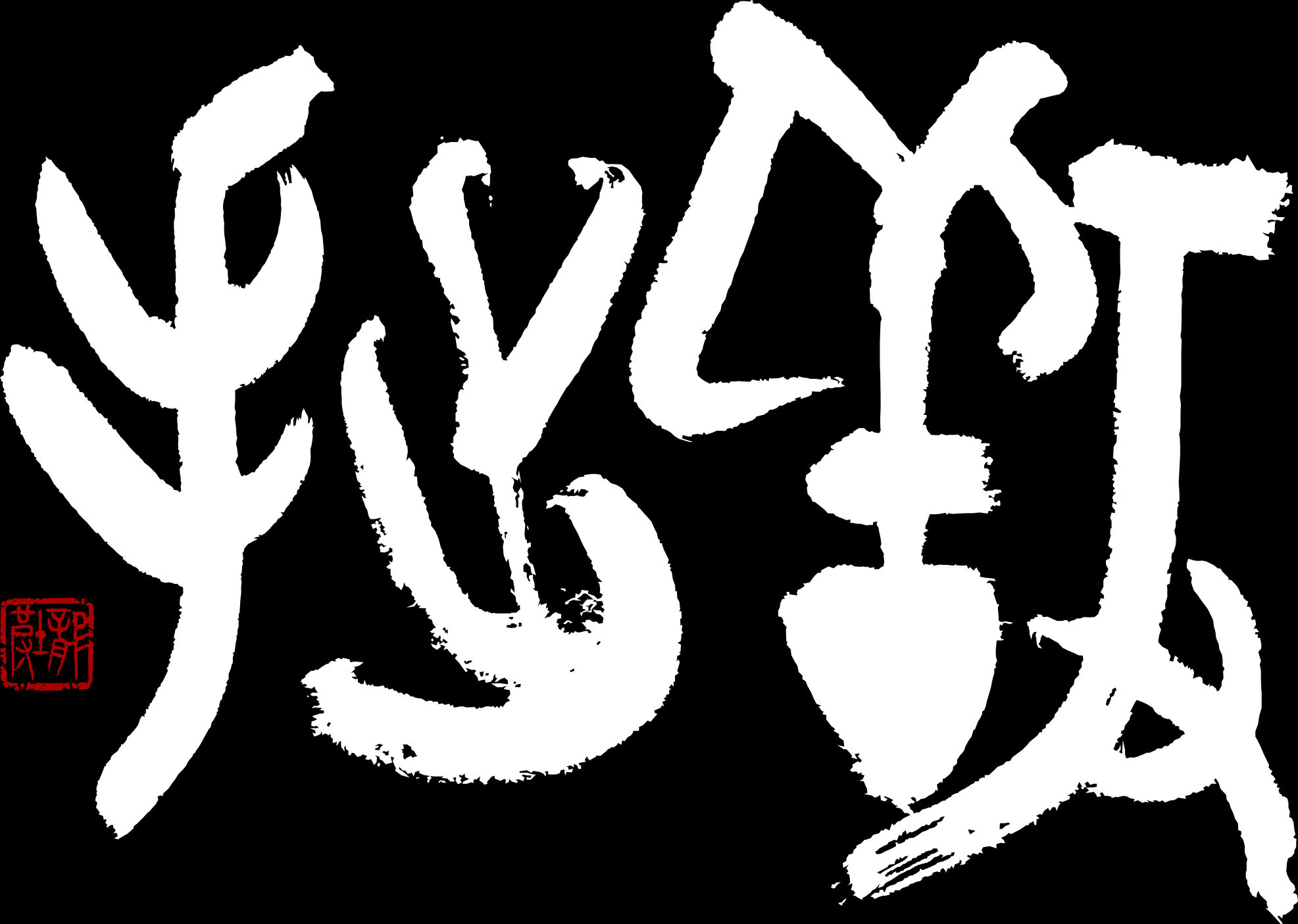- Please be patient. This page may take a few seconds to load fully.
- Click on the 🔊 icon below a character to hear its pronunciation.
(a) Regular katagana
| ア a 🔊 |
イ i 🔊 |
ウ u 🔊 |
エ e 🔊 |
オ o 🔊 |
| カ ka 🔊 |
キ ki 🔊 |
ク ku 🔊 |
ケ ke 🔊 |
コ ko 🔊 |
| サ sa 🔊 |
シ shi 🔊 |
ス su 🔊 |
セ se 🔊 |
ソ so 🔊 |
| タ ta 🔊 |
チ chi 🔊 |
ツ tsu 🔊 |
テ te 🔊 |
ト to 🔊 |
| ナ na 🔊 |
ニ ni 🔊 |
ヌ nu 🔊 |
ネ ne 🔊 |
ノ no 🔊 |
| ハ ha 🔊 |
ヒ hi 🔊 |
フ fu 🔊 |
ヘ he 🔊 |
ホ ho 🔊 |
| マ ma 🔊 |
ミ mi 🔊 |
ム mu 🔊 |
メ me 🔊 |
モ mo 🔊 |
| ヤ ya 🔊 |
ユ yu 🔊 |
ヨ yo 🔊 |
||
| ラ ra 🔊 |
リ ri 🔊 |
ル ru 🔊 |
レ re 🔊 |
ロ ro 🔊 |
| ワ wa 🔊 |
ヲ wo 🔊 |
|||
| ン n 🔊 |
(b) Katakana with dakuten
- Adding a dakuten (濁点・だくてん) to a character changes the consonant part of the character from an unvoiced consonant to a voiced consonant. That is:
/k/ → /g/ /s/ → /z/ /t/ → /d/ /h/ → /b/
| ガ ga 🔊 |
ギ gi 🔊 |
グ gu 🔊 |
ゲ ge 🔊 |
ゴ go 🔊 |
| ザ za 🔊 |
ジ ji 🔊 |
ズ zu 🔊 |
ゼ ze 🔊 |
ゾ zo 🔊 |
| ダ da 🔊 |
ヂ di 🔊 |
ヅ du 🔊 |
デ de 🔊 |
ド do 🔊 |
| バ ba 🔊 |
ビ bi 🔊 |
ブ bu 🔊 |
ベ be 🔊 |
ボ bo 🔊 |
(c) Katakana with handakuten
- Adding a handakuten (半濁点・はんだくてん) to a character changes the consonant part of the character from /h/ to /p/.
| パ pa 🔊 |
ピ pi 🔊 |
プ pu 🔊 |
ペ pe 🔊 |
ポ po 🔊 |
(d) Compound katakana
- The Japanese name for compound katakana is 拗音・ようおん・yō’on = “crooked sounds.”
- Although we use two katakana characters to write them, compound katakana are the same length as single katakana characters when spoken.
- All the compound katakana are combinations of one character from the i-column of the katakana table (キ, シ, チ, ニ, ヒ, ミ, リ) and one of either ャ, ュ, or ョ.
| キャ kya 🔊 |
キュ kyu 🔊 |
キョ kyo 🔊 |
| ギャ gya 🔊 |
ギュ gyu 🔊 |
ギョ gyo 🔊 |
| シャ sha 🔊 |
シュ shu 🔊 |
ショ sho 🔊 |
| ジャ ja 🔊 |
ジュ ju 🔊 |
ジョ jo 🔊 |
| チャ cha 🔊 |
チュ chu 🔊 |
チョ cho 🔊 |
| ニャ nya 🔊 |
ニュ nyu 🔊 |
ニョ nyo 🔊 |
| ヒャ hya 🔊 |
ヒュ hyu 🔊 |
ヒョ hyo 🔊 |
| ビャ bya 🔊 |
ビュ byu 🔊 |
ビョ byo 🔊 |
| ピャ pya 🔊 |
ピュ pyu 🔊 |
ピョ pyo 🔊 |
| ミャ mya 🔊 |
ミュ myu 🔊 |
ミョ myo 🔊 |
| リャ rya 🔊 |
リュ ryu 🔊 |
リョ ryo 🔊 |
